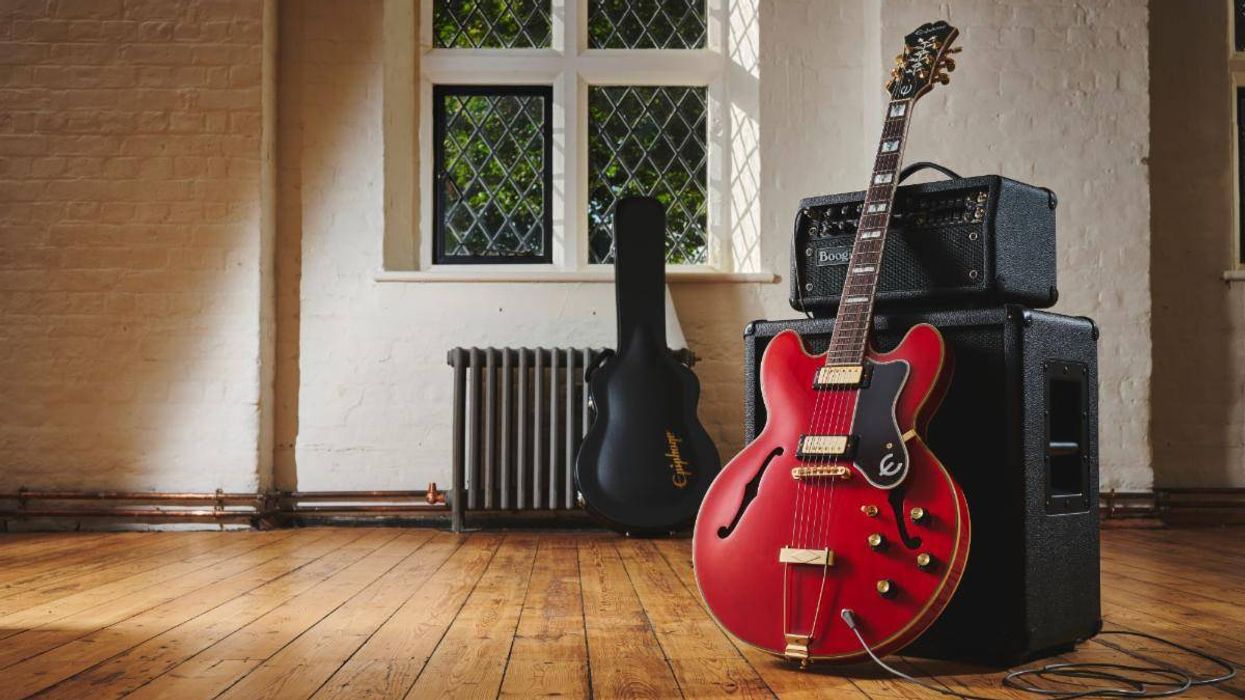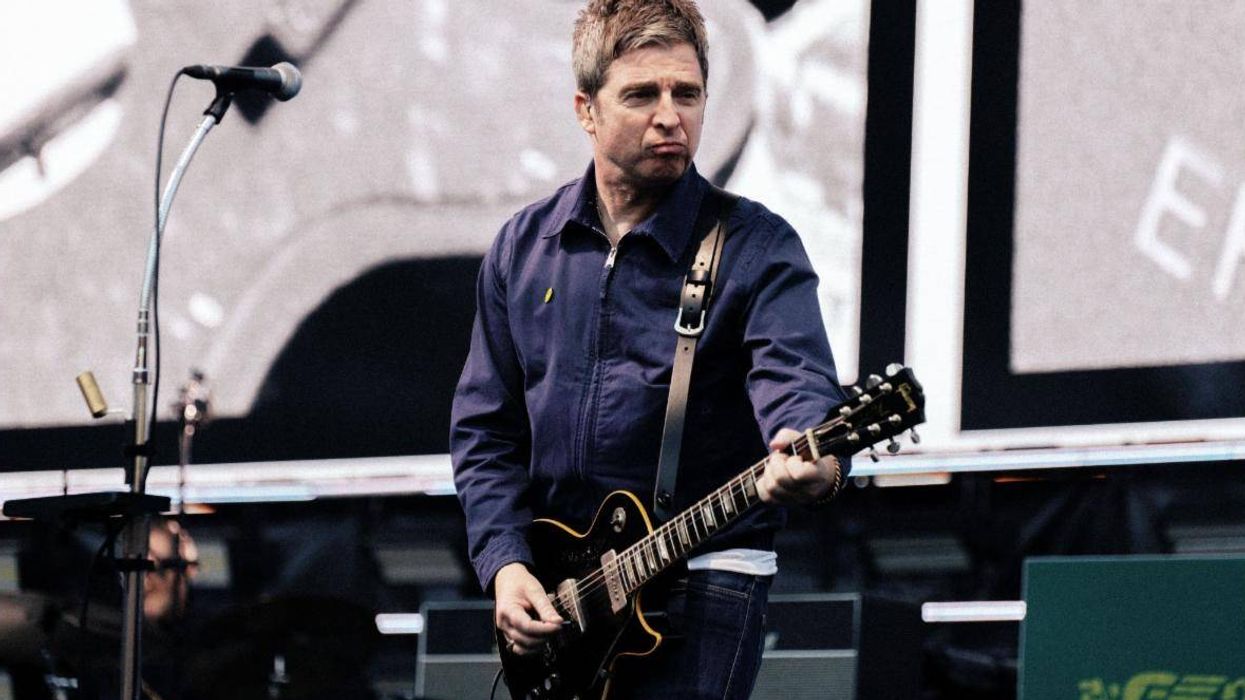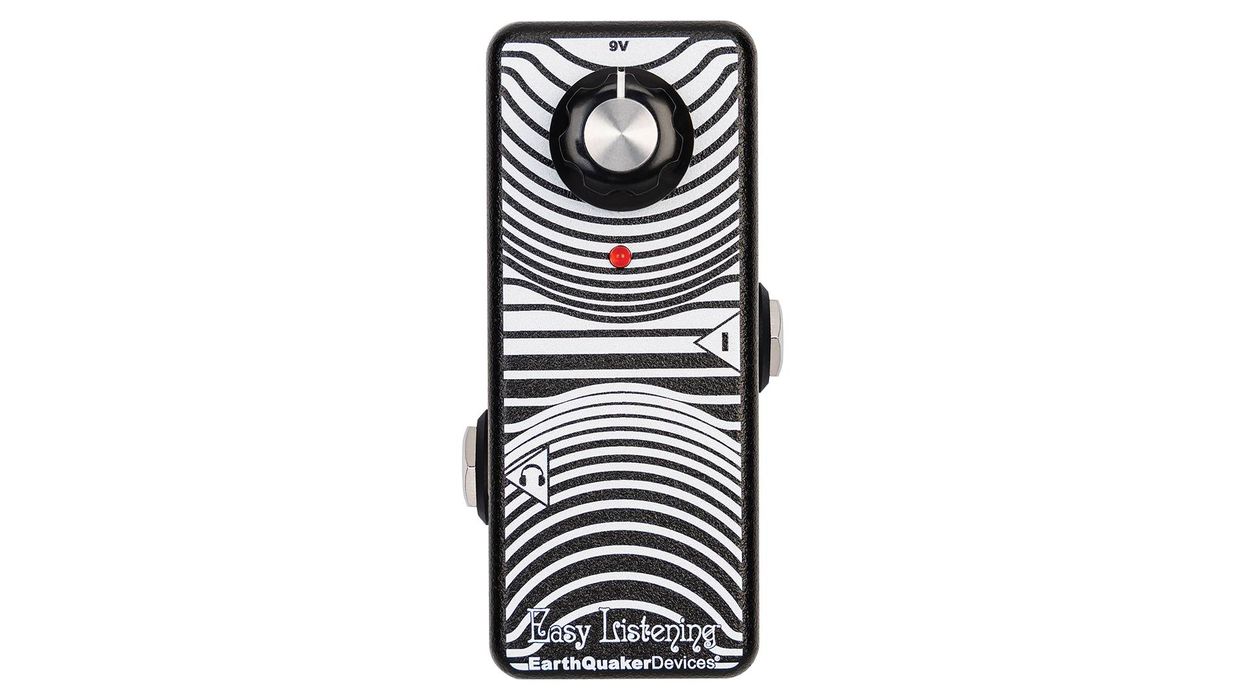Want some of the power of Boss’s multi-effect pedalboards in a small package? Check out the GT-001, which debuted at Musikmesse 2014. It boasts an XLR input for connecting a mic, and excels at simultaneous guitar and vocal processing.
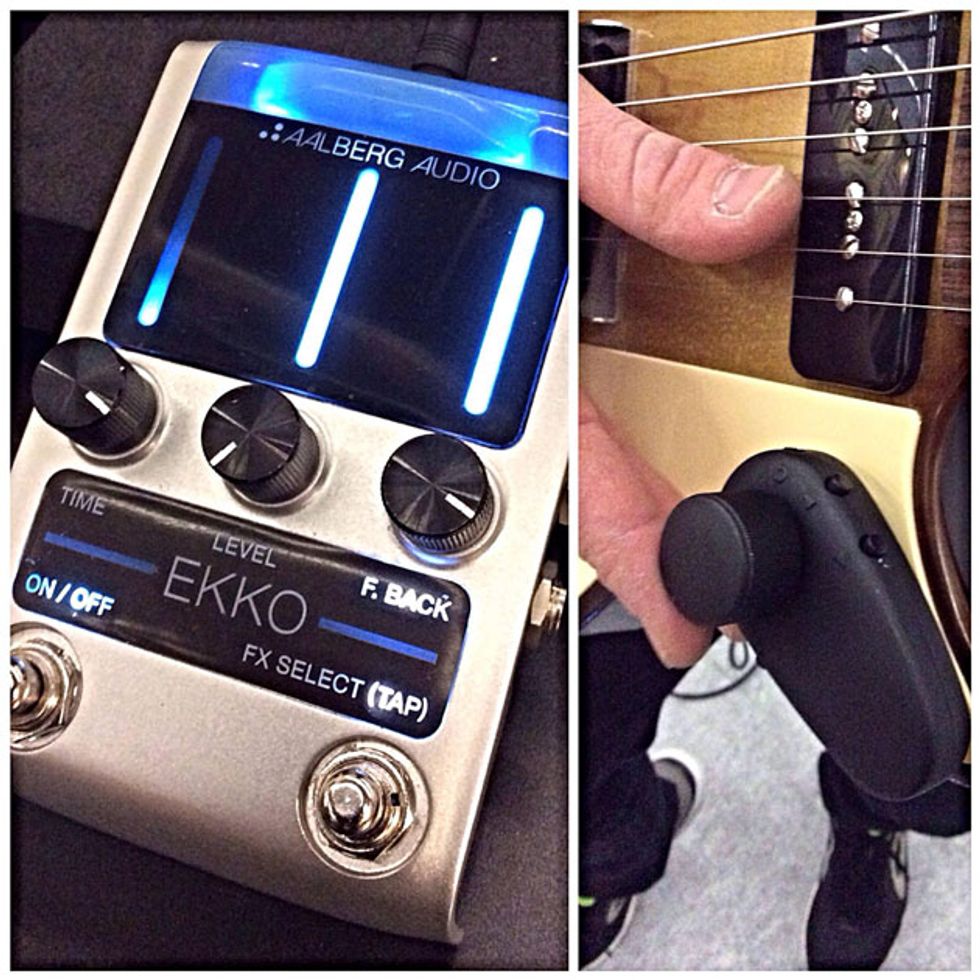
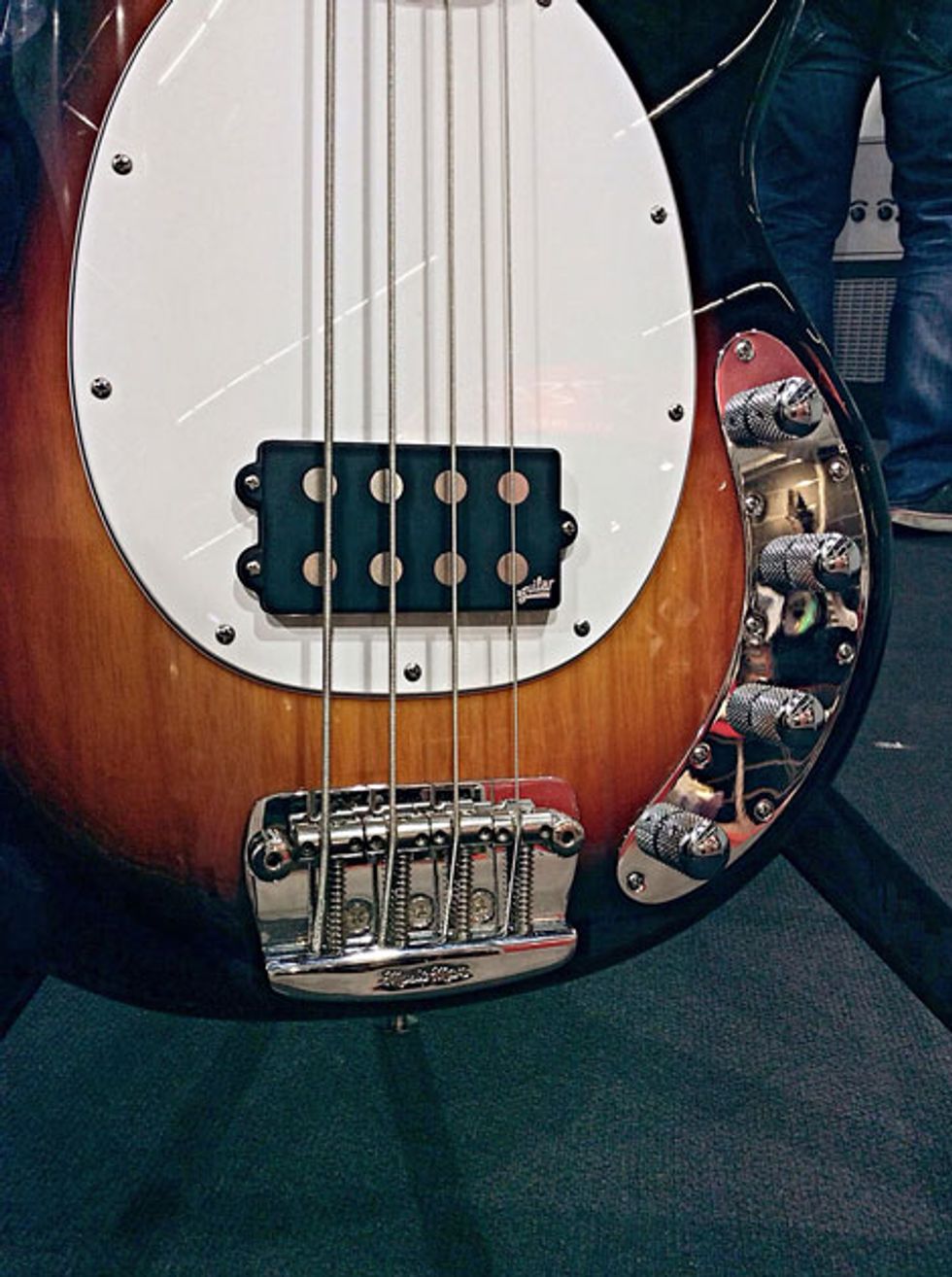
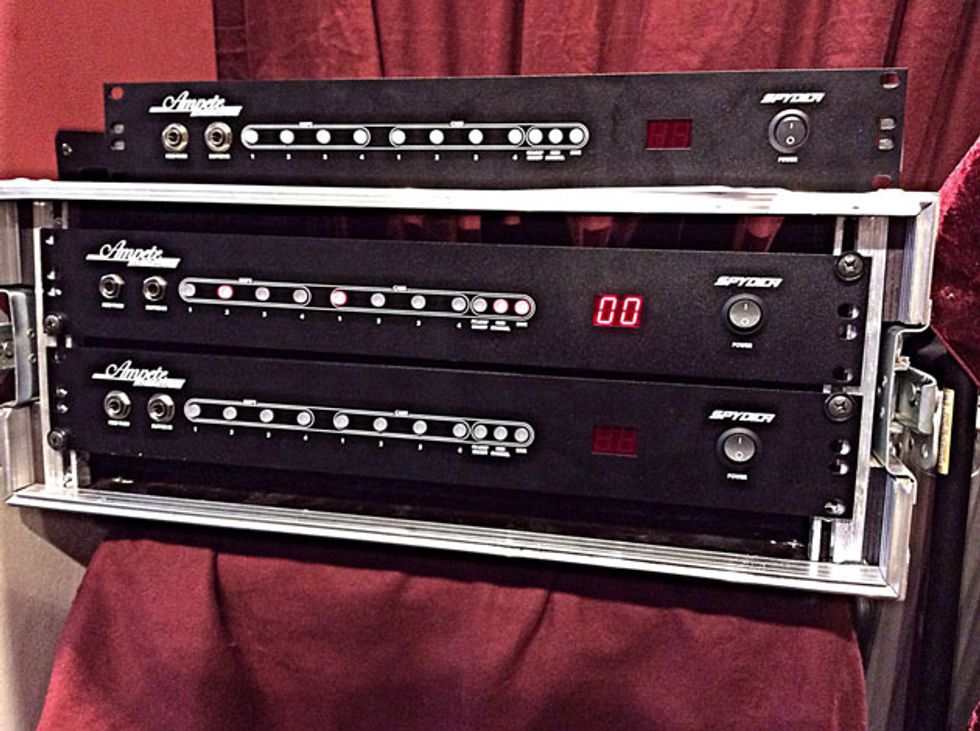
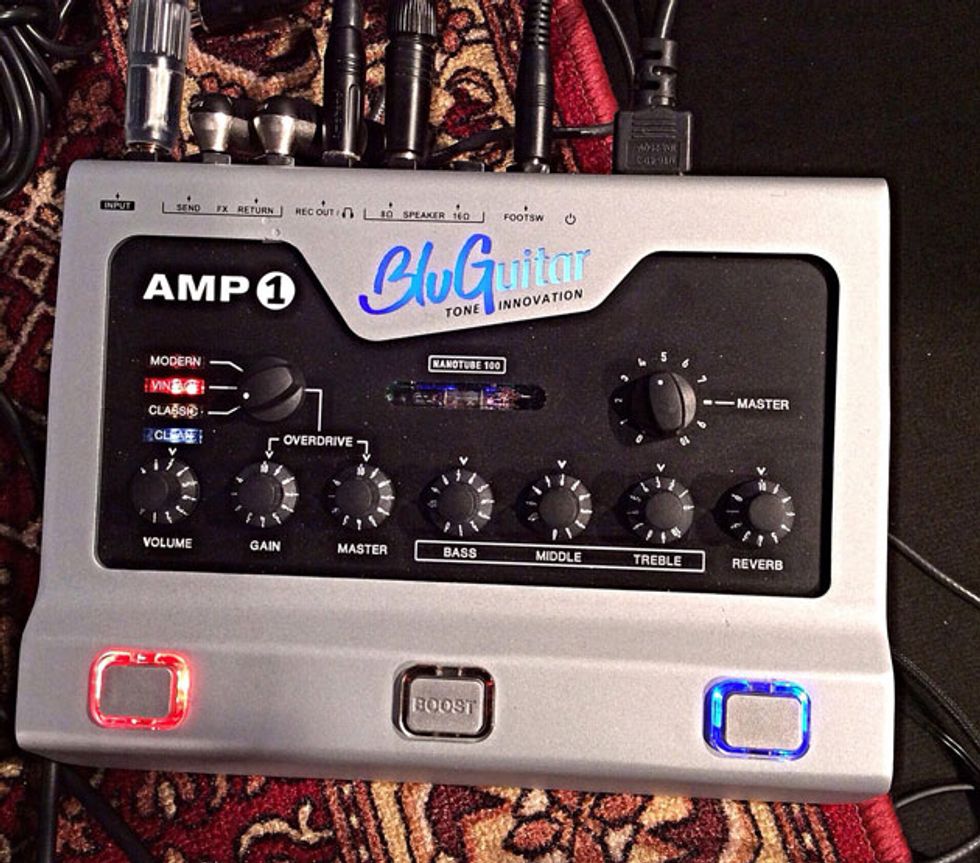

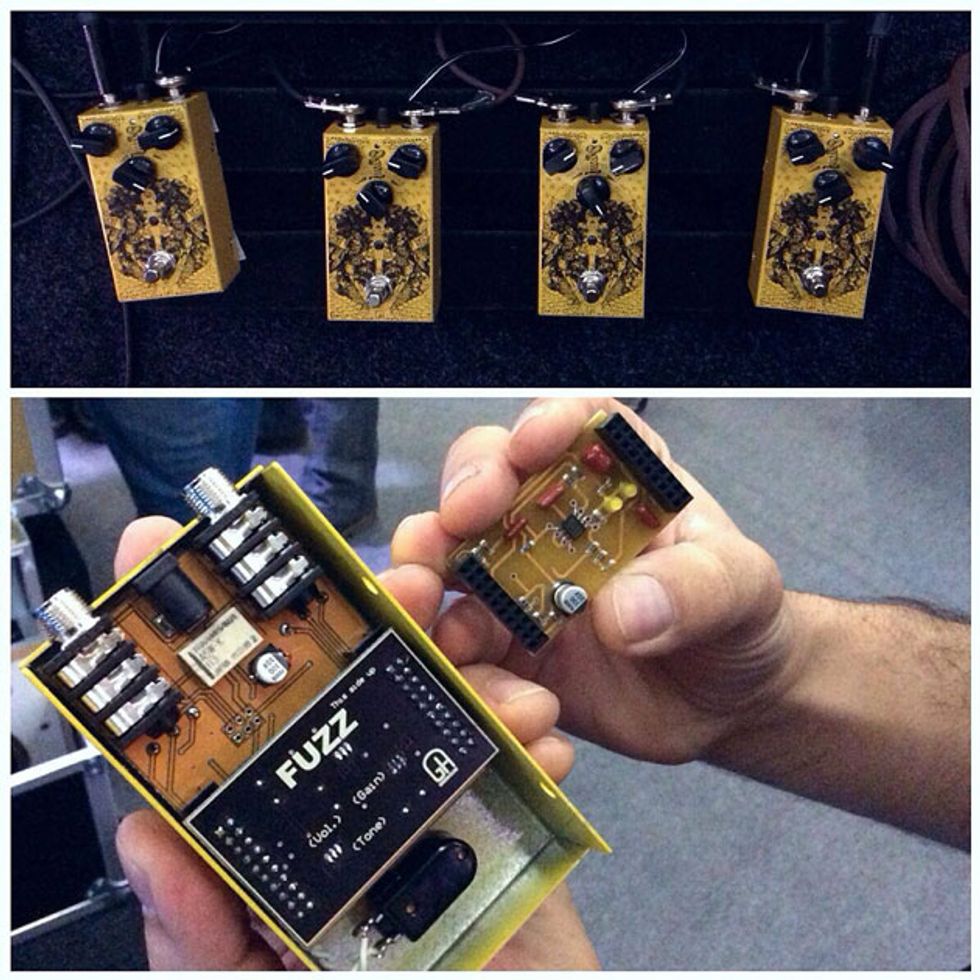
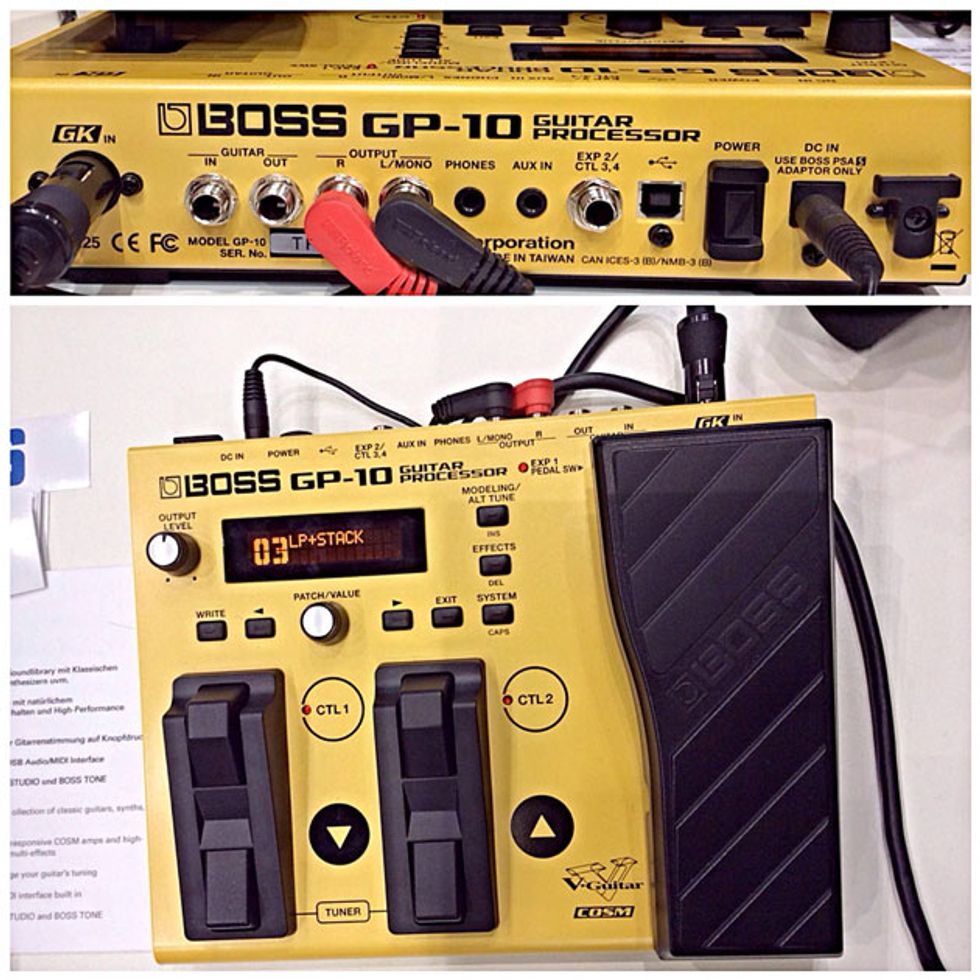

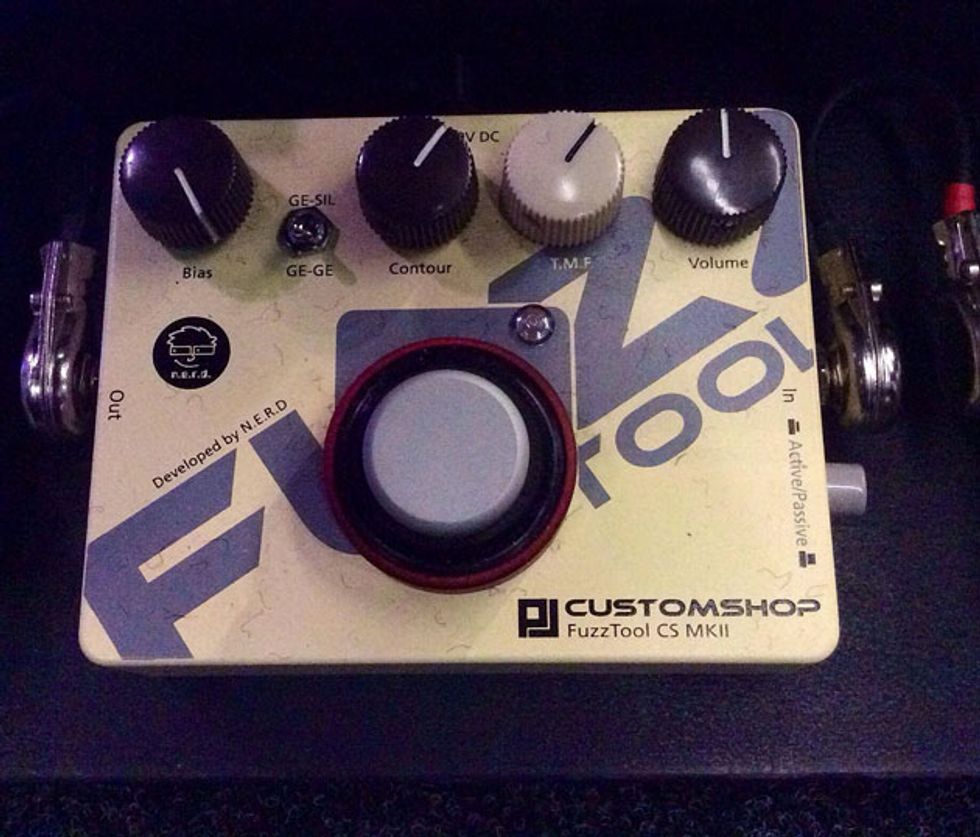
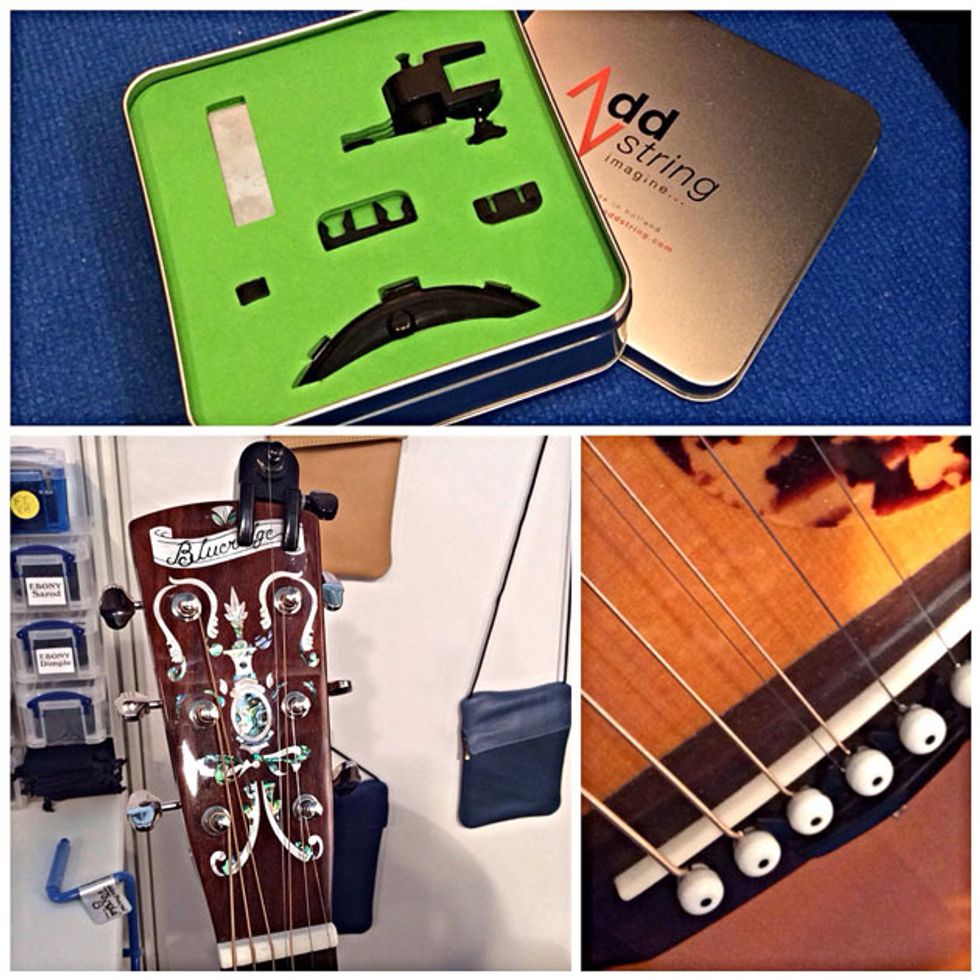
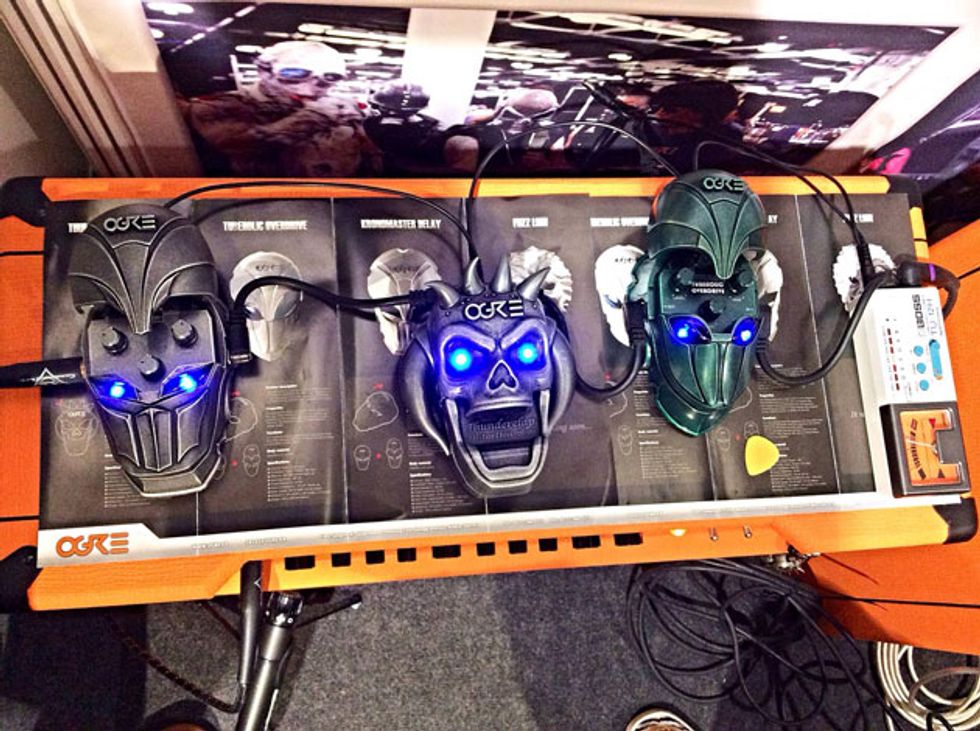
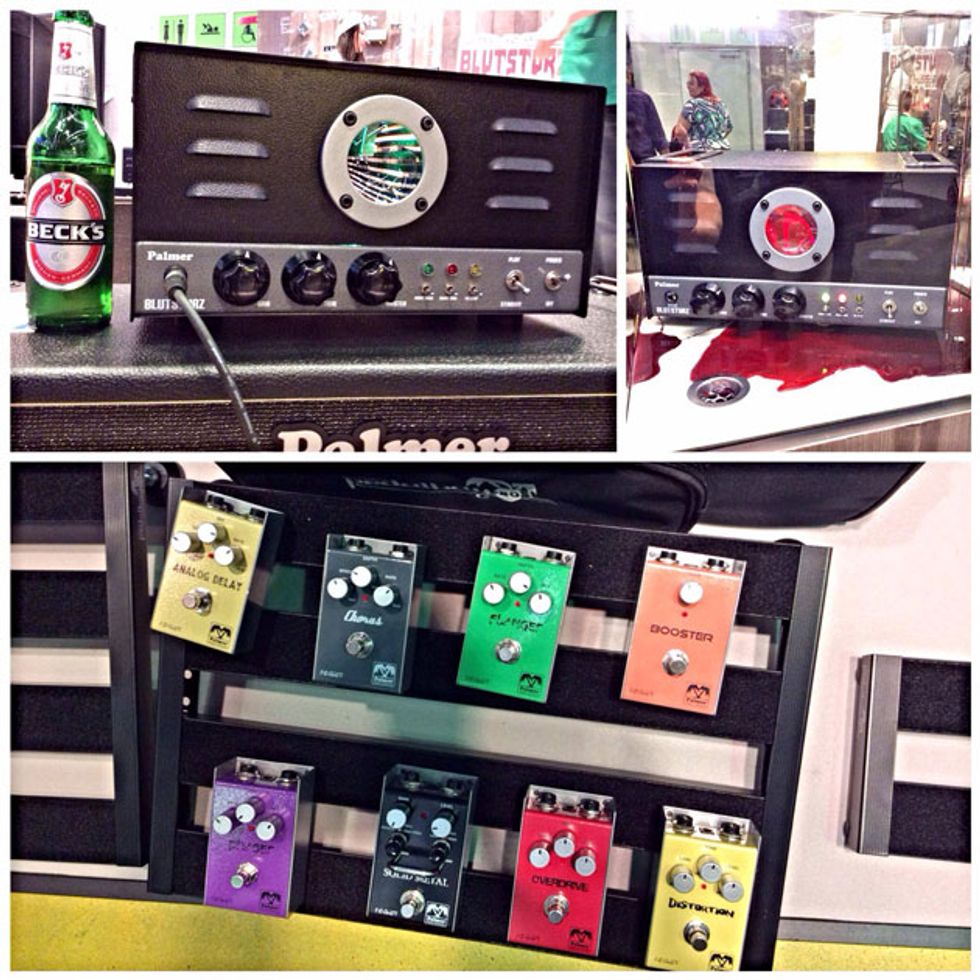
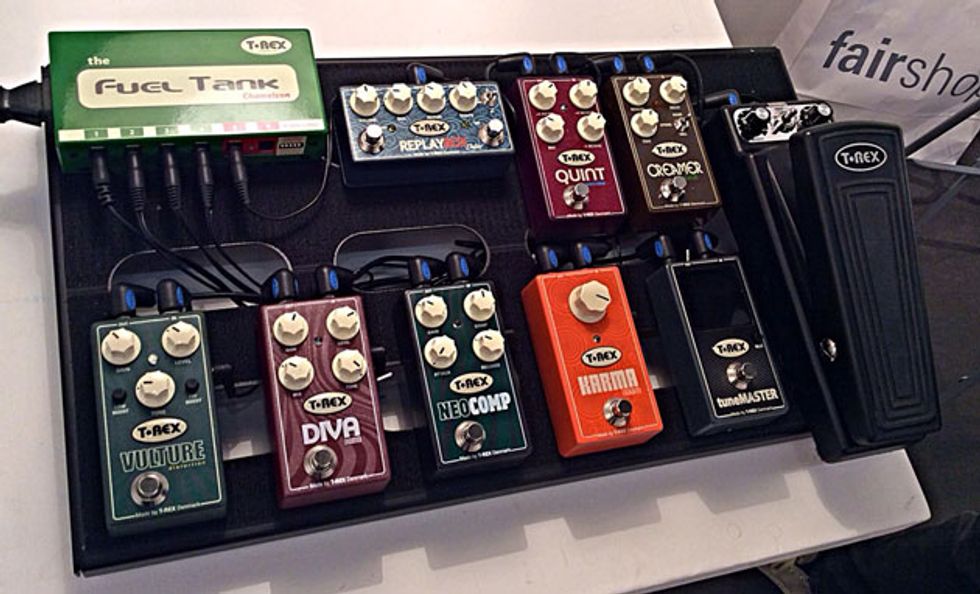

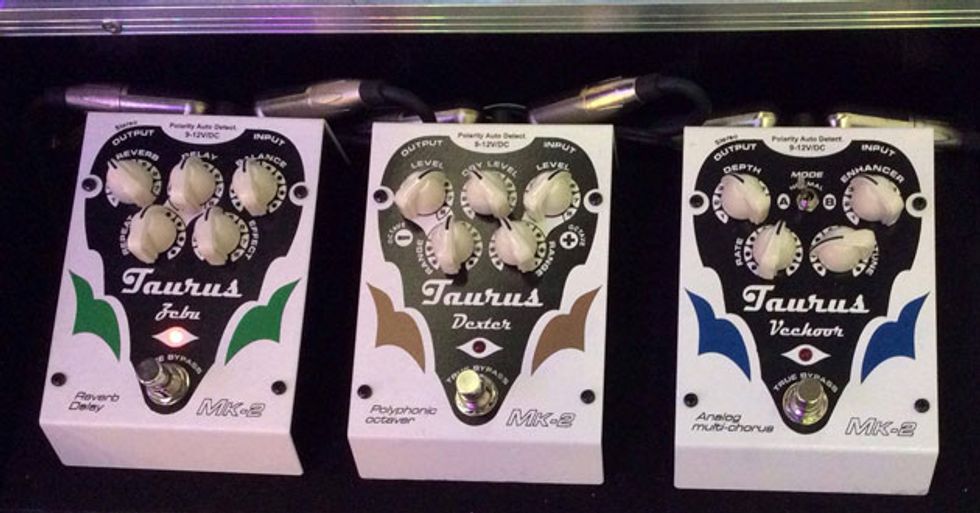
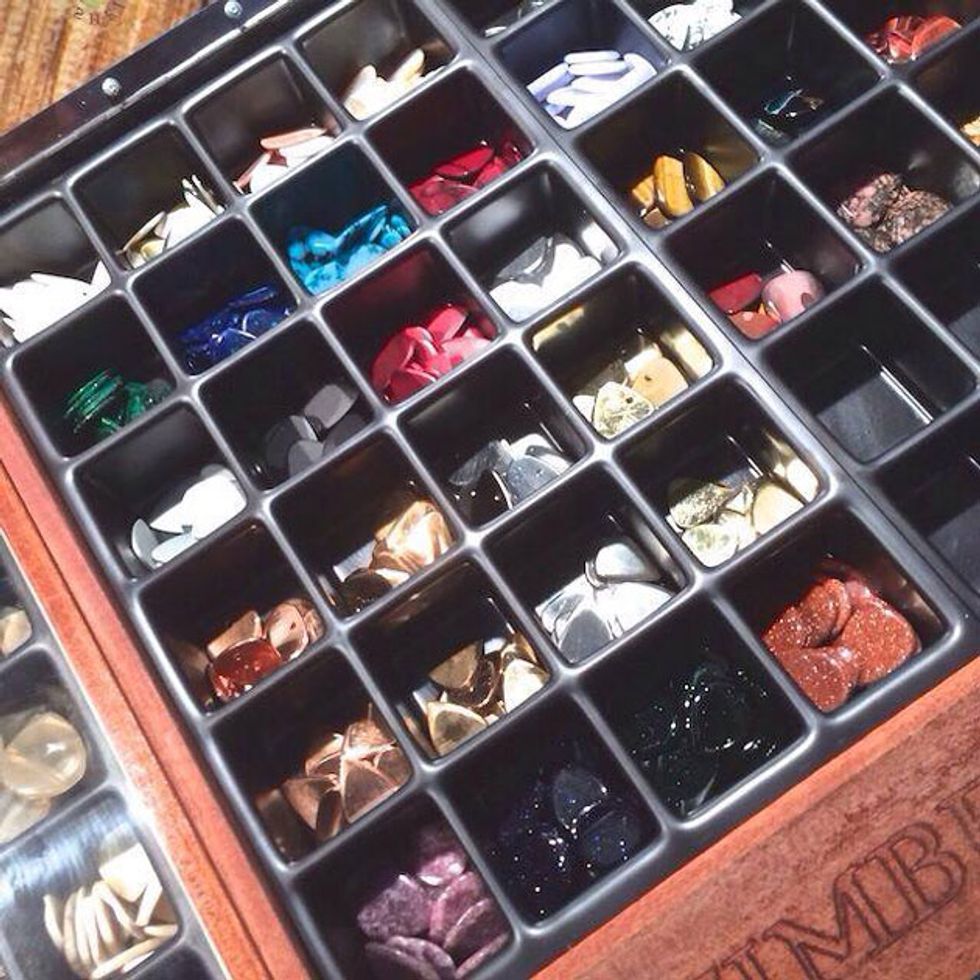
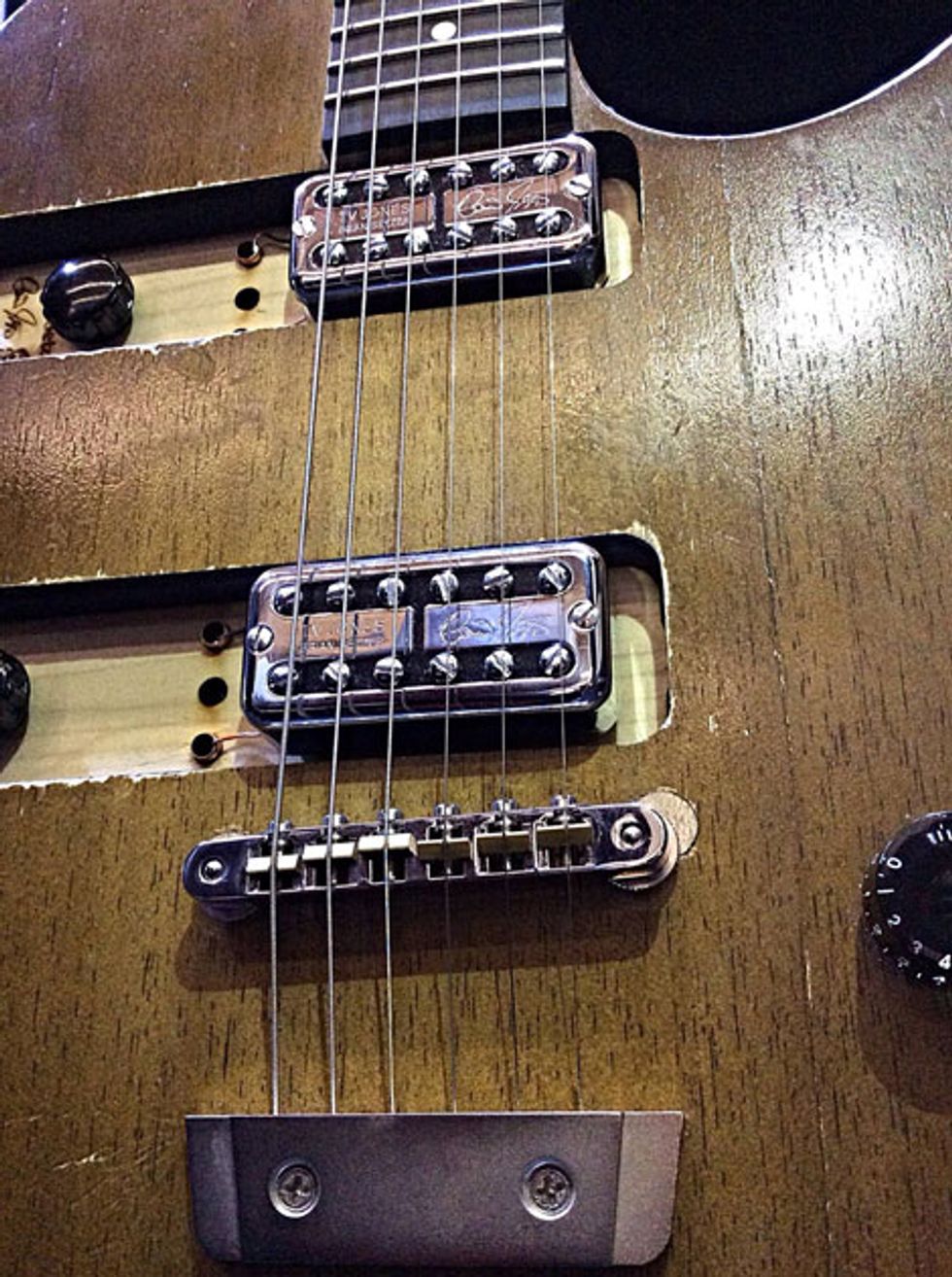
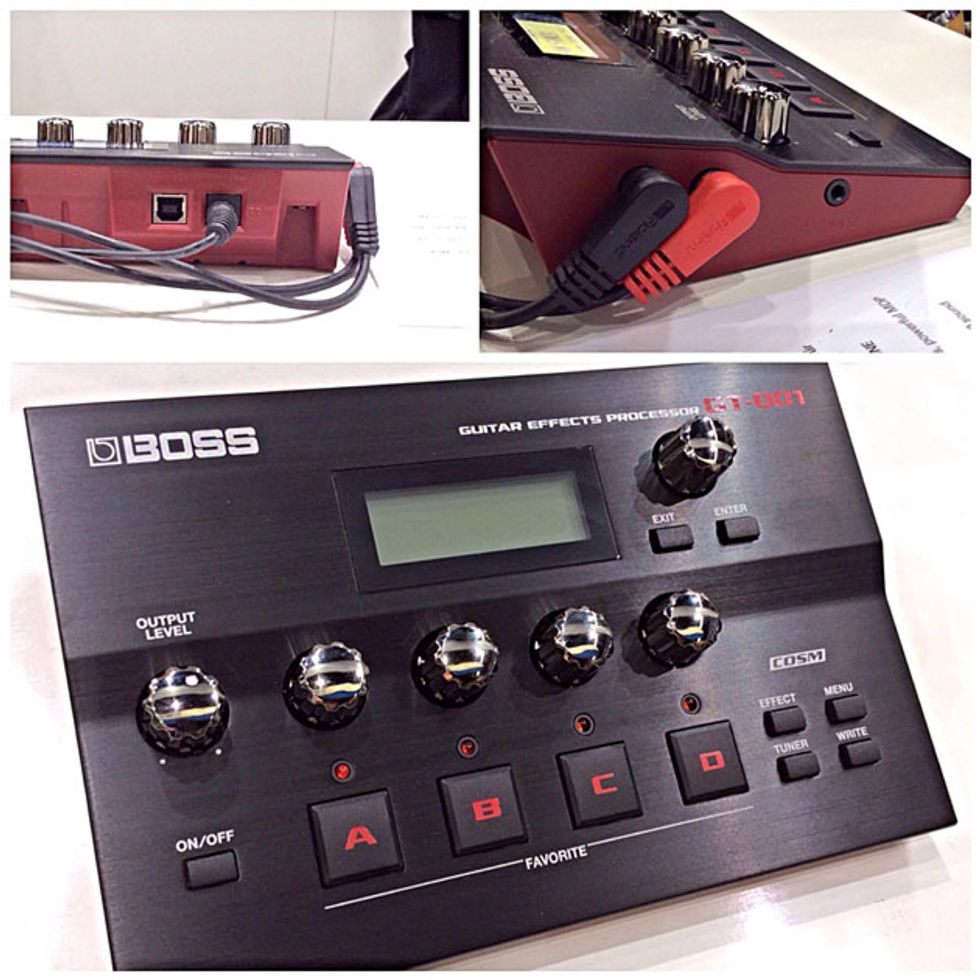

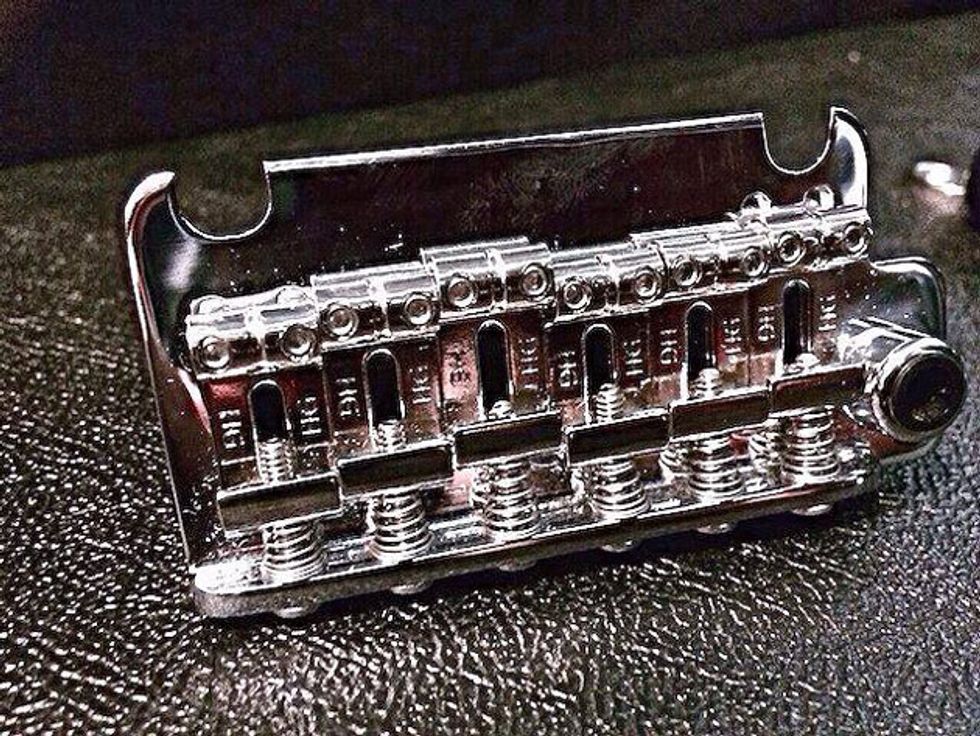
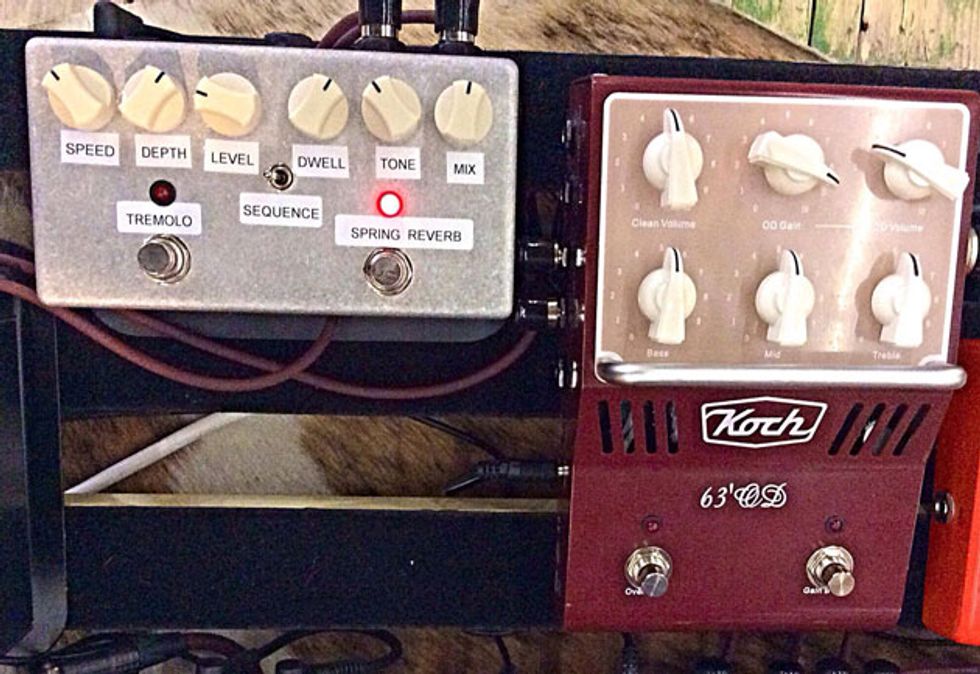
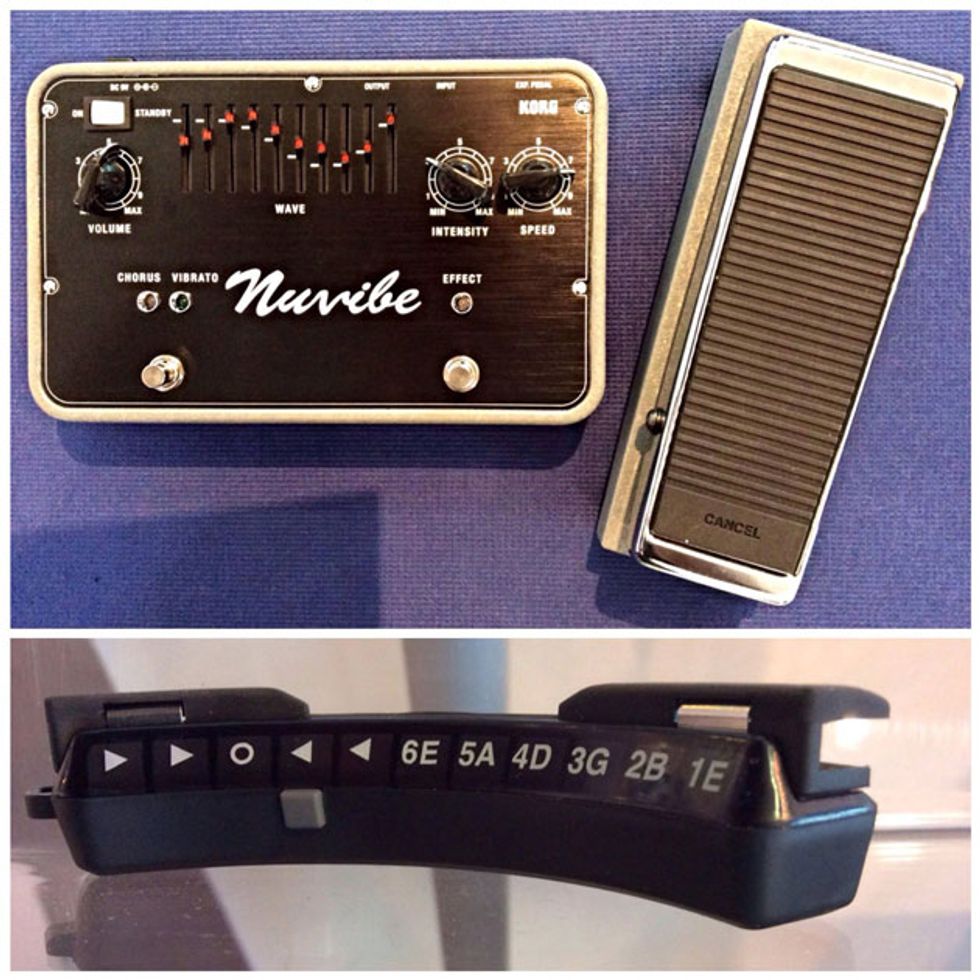
Musikmesse isn’t what it used to be, show veterans say. Attendance is far from peak. There are fewer full exhibition halls. High participation costs (and the ability to announce and publicize products digitally) have prompted numerous companies to bypass the once-essential event.
But you know what? Messe is still huge.
NAMM’s European equivalent, held each year in Frankfurt, Germany, is substantially larger than its Anaheim counterpart. Far louder, too: As at NAMM, “sound police” armed with decibel meters patrol the floor, but they’re slackers. Messe is deafening.
But, hey, what’s a little tinnitus when you get to spend four days ogling so many cool new music products? From March 12th through 16th we roamed the vast halls, marveling at superbly crafted boutique instruments, solid working-player tools, and some remarkable budget-gear bargains.
The show highlights? For North American players like us, it’s probably the chance to fondle the phenomenal creations of small-production European shops whose instruments tend to be scarce in the States. The phrase “Old World craftsmanship” may be a cliché, but Messe schools you on how it became one. You can hardly turn around without being dumbstruck by a ravishing instrument that blends the engineering chops of Stuttgart or Turin with the design elegance of Milan or Barcelona.
But our report isn’t just some glamour-gear buyers’ guide for investment bankers and lottery winners indulging in a European grand tour. Quality work and compelling style were equally evident in mid-priced gear for working stiffs and in some remarkable entry-level bargains.
It’s hard to summarize such a vast event with a simple tag—but if pressed, I’d go with “retro fun.” Per usual, vintage-inspired designs reigned supreme. But we saw more manufactures playing with vintage aesthetics, recombining old-school elements in winning new ways. By and large, manufacturers seem to be having fun. We certainly were—and it’s not just the beer and schnitzel talking!
